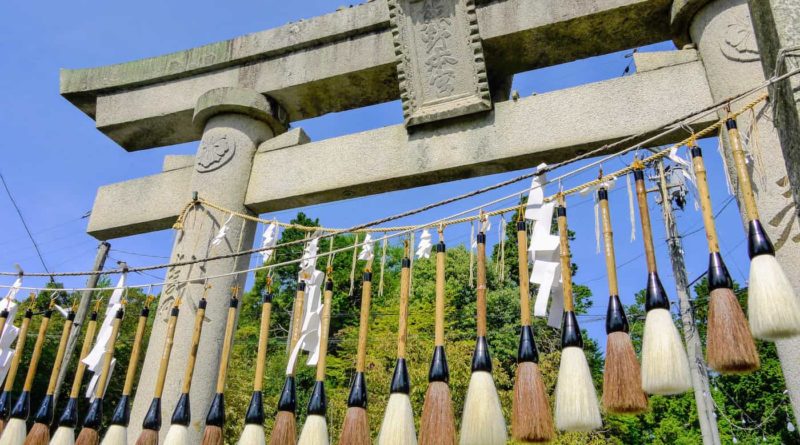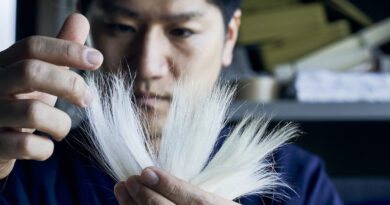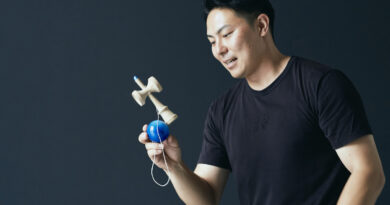Kumano, the undisputed brush capital of Japan
Every year on the Autumn Equinox, the town of Kumano, in the hills east of Hiroshima, gives thanks to the product upon which its prosperity was built. Kumano is the undisputed fude (brush) capital of Japan.
At the Fude Matsuri (Brush Festival), brushes hang along the approach to the local shrine,
women perform brush dances, and calligraphy masters wield giant brushes to create impressive artworks. Brushes that have reached the end of their lives are given a respectful send off in a ritual burning (that both expresses gratitude for the brushes’ service and as a memorial to the animals that provided the hairs from which they are made), and many of the town’s 100 or so brush manufacturers set up stalls in the surrounding streets.

It is said that, in the years before WWII, around 90% of Kumano’s townspeople were involved in the brush industry in some capacity. Today, that figure has dropped to less than 10% of the town’s population of 23,000. However, as can be seen at the Fude Matsuri, brush manufacturing remains very much part of Kumano’s identity, and it continues to dominate the domestic brush market. Around 80% of Japan’s calligraphy brushes are still made here, as are a whopping 90% of its makeup brushes.
The origins of Kumano’s brush industry
The industry that brought Kumano prosperity was born out of hardship. Kumano had little arable flat land, and, during the Edo period (1603-1868), farmers headed to Nara and Wakayama as migrant workers during the winter season. They would buy brushes and ink sticks to sell on their return to Kumano in the spring. Early in the 19th century, an enterprising trio studied now to make the brushes that they were buying, and, bringing their expertise back to Kumano, sowed the seeds of a new industry that received support from the Asano clan who were in charge of the Hiroshima domain.
Business boomed after the introduction of a nationwide education system after feudalism ended in 1868. Production, however, was suspended during WWII. The U.S. Occupation’s view of calligraphy as a feudal hangover, kept it off the postwar curriculum until 1958, forcing manufacturers to diversify into paint and makeup brushes.
What makes a brush a Kumano Fude?
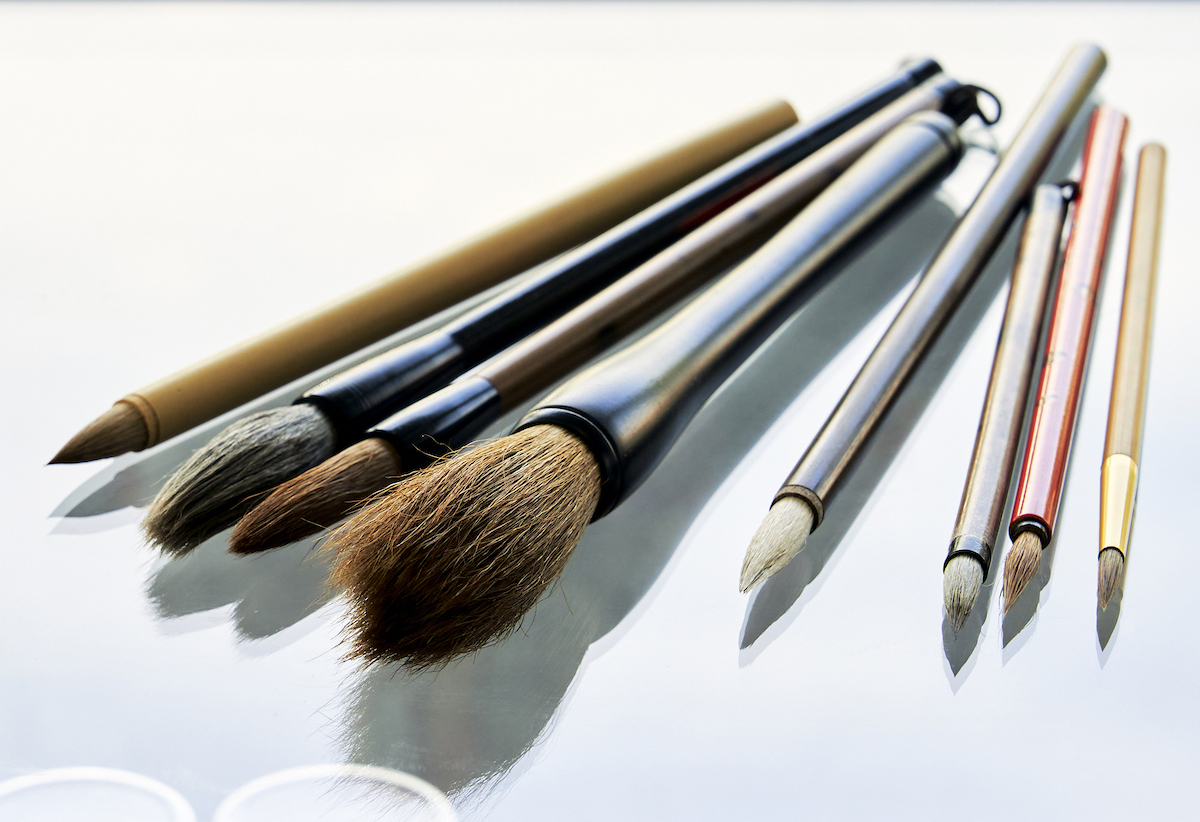
The only brushes that can claim to be authentic Kumano brushes are those with heads produced in the town of Kumano using the traditional manufacturing techniques. These include using finely-powdered rice husk ashes to remove any trace of oil, or binding the brushes with linen thread, just some of the 70 or more steps that are required to create a Kumano brush, most of which are still, to this day, done by hand.

Kumano brushes are made from a wide variety of animal hair including that from goat, horse, deer, Japanese raccoon dog and weasel, which are generally sourced from overseas. The hair of different animal hairs and of varying lengths are mixed evenly to create the brush head. Neri-maze, the traditional method for mixing moistened raw animal hair, is used to produce brushes of the highest quality.
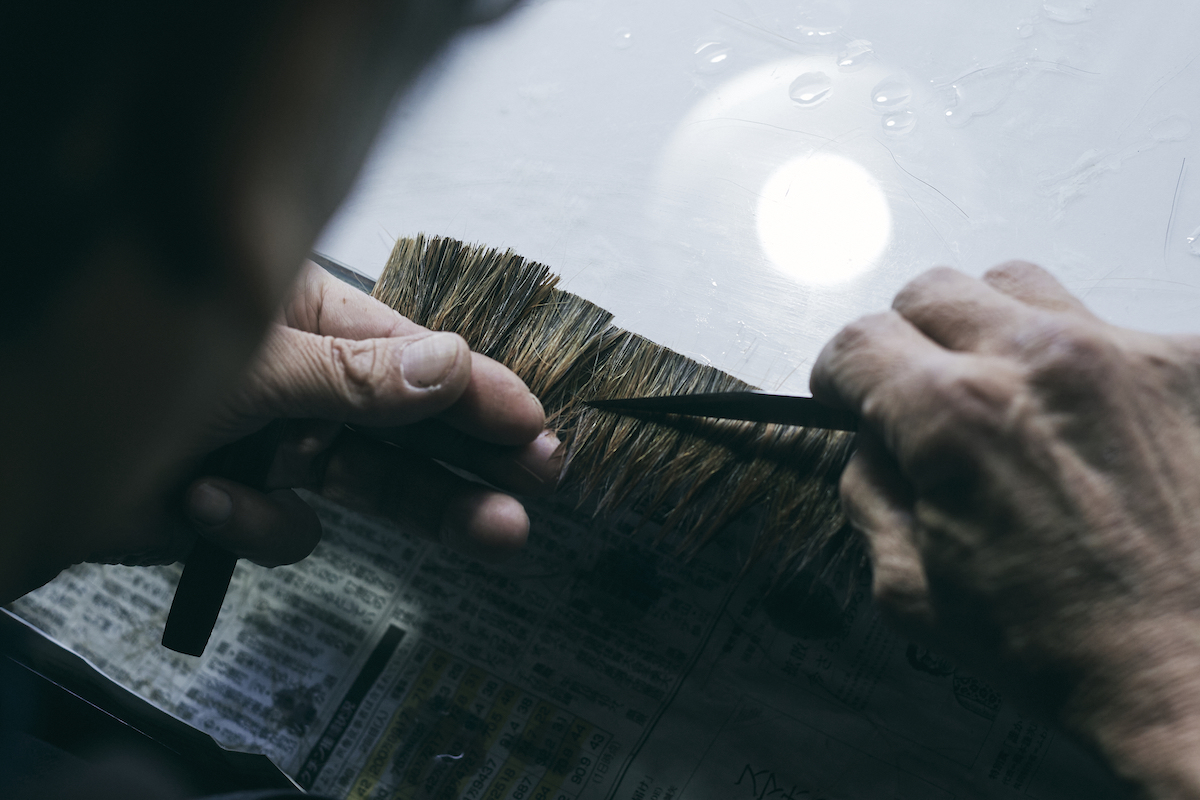
Neri-maze, however, is highly-skilled and time consuming and in the late 19th century, Kumano manufacturers developed a more time efficient mixing method that, while not producing the quality required by calligraphy masters and artists, would enable them to meet increased demand after calligraphy became a mandatory school subject. The bon-maze method didn’t require hair to be soaked and speeded up the process by about 10 times.
Continue:
The undisputed brush capital of Japan | Master brush maker Yusui Teragauchi | Koyudo, brighter than the sun


